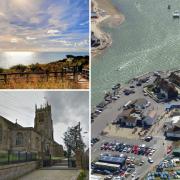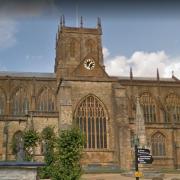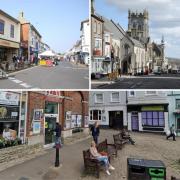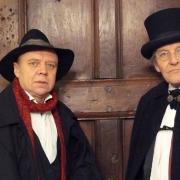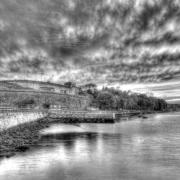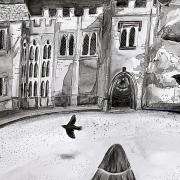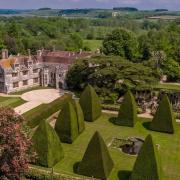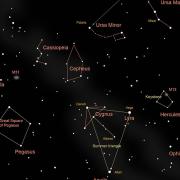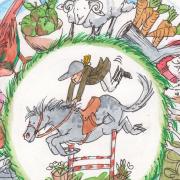This new exhibition at the Royal Academy in London features a richly diverse array of work - from Aboriginal art painted on bark, via paintings by convicts and colonists, to an iconic image of Australia’s greatest folk hero, Ned Kelly
Australia is both an ancient land and a new country and these contradictory factors are celebrated in this exhibition. It starts with a contemporary work, ‘Approach to Mundi Mundi’ by Shaun Gladwell (2007), chosen by Kathleen Soriano, one of the exhibition’s curators, to deliver “a contemporary punch to set the visitor right into beating heart of Australia with its big skies and endless horizons.” Gladwell’s piece is a film of a biker, seen from the back, arms outstretched as if flying, moving along a single tarmac road cutting through a dusty red landscape devoid of habitation. Yet
Aboriginal art is an important aspect of this exhibition. Intense, complex images reflect the indigenous people’s harmonious relationship with the land, the elements of sky, land and water and the ancient belief of the Dreamtime. This instinctive understanding of the land contrasts dramatically with the early settlers’ take on Australia as a dangerous land that would either bite, sting or spear them.
Life in the penal colonies in the late 1700s was tough; early settlers were too busy surviving to worry about capturing their new homeland on canvas. Thomas Watling, a convict and illustrator, found time to paint the nascent settlement of Sydney, which appears little more than a village. It wasn’t until the 1830’s that the British public saw images of their new colony, when the British landscape artist John Glover settled in Tasmania. He sent back to his Bond Street gallery 68 paintings of the pastoral paradise with which he had fallen in love.
For most 19th century settlers the reality of life in Australia was less bucolic. This is poignantly portrayed by Frederick McCubbin’s triptych ‘The Pioneer’ (1904). The first panel shows a couple after they have arrived by wagon at their new settlement in the woods; the wife sits on a log, no doubt wondering what she has let herself in for. In the second a newly built log cabin is in the background and the wife is holding a baby while her husband rests from chopping wood. In the final panel, he is looking at a rough wooden cross on a grave, but in the distance a city can be seen, indicating his future.
Struggle is replaced by hope in Grace Cossington Smith’s work ‘The Bridge in Building’ (1929). Even though this is painted in the same year as the Great Depression, her radiant palette reflects a modernising Australia with a bright new future, as the Sydney Harbour Bridge is erected.
Continuing this positive theme is Charles Meere’s ‘Australian Beach Pattern’, (1940). The painting portrays a beach scene - athletic physiques abound and families are enjoying a health and happy outdoor lifestyle.
Perhaps the most recognisable image of the whole exhibition is Sidney Nolan’s ‘Ned Kelly’ (1946). Nolan painted 27 stylised paintings of the infamous 19th century bushranger Ned Kelly and his gang, four of which are featured in this exhibition. The image of hero and anti-hero Ned Kelly in his homemade armour, on horseback, against a sundrenched landscape, was used as a backdrop in the opening ceremony of the Sydney Olympic Games in 2000. It is a truly arresting image that burns into your mind’s eye as fiercely as the Australian sun.
The sun is a constant contributor to this exhibition. The European palette of blue and green in the early paintings of the coast is soon outshone by the golds and reds of the sun-baked interior, inhabited immemorially by one group of artists and painted so recently by another.
Australia runs until 8 December 2013 at the Royal Academy in London. For more details visit royalacademy.org.uk or call 020 7300 8000




